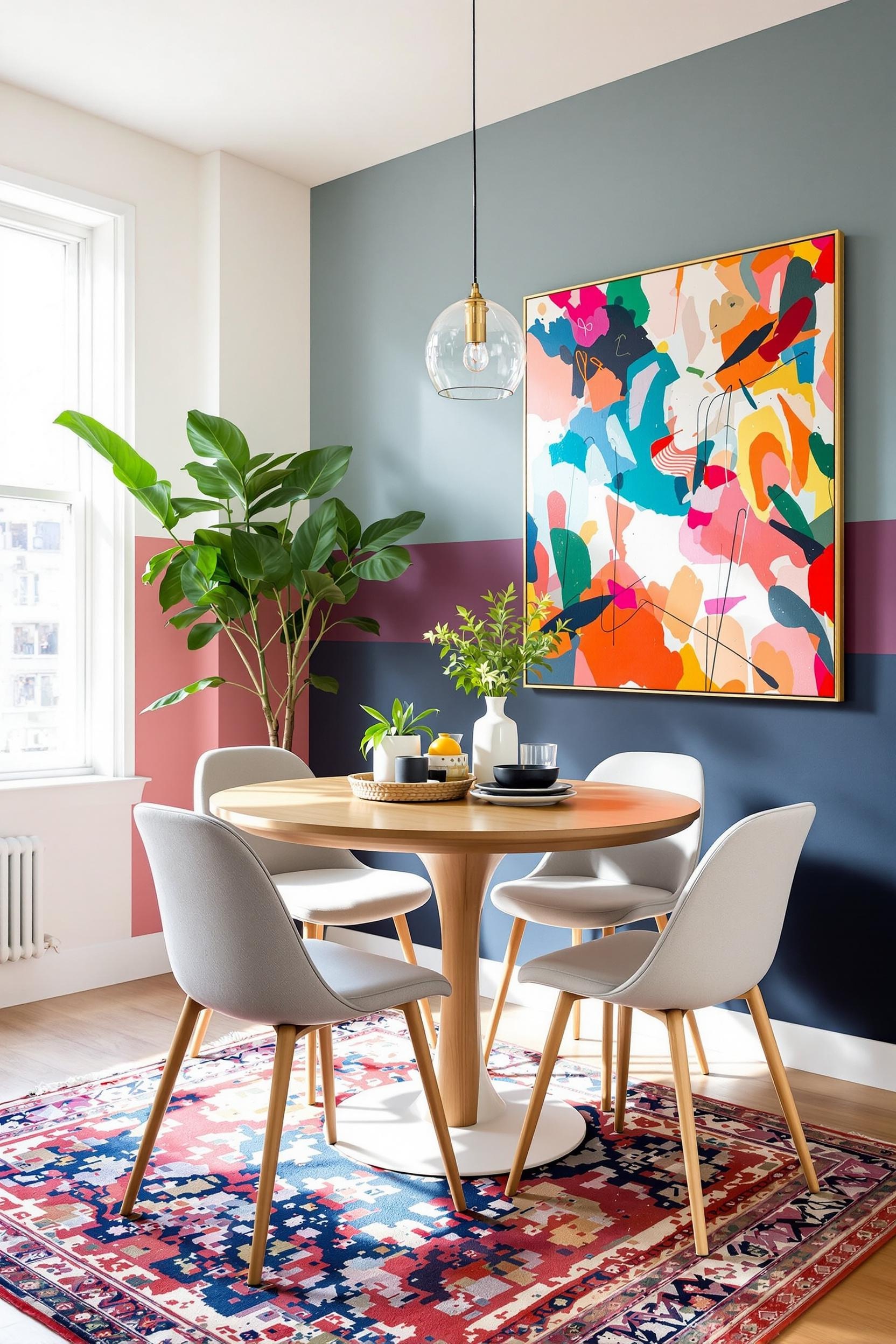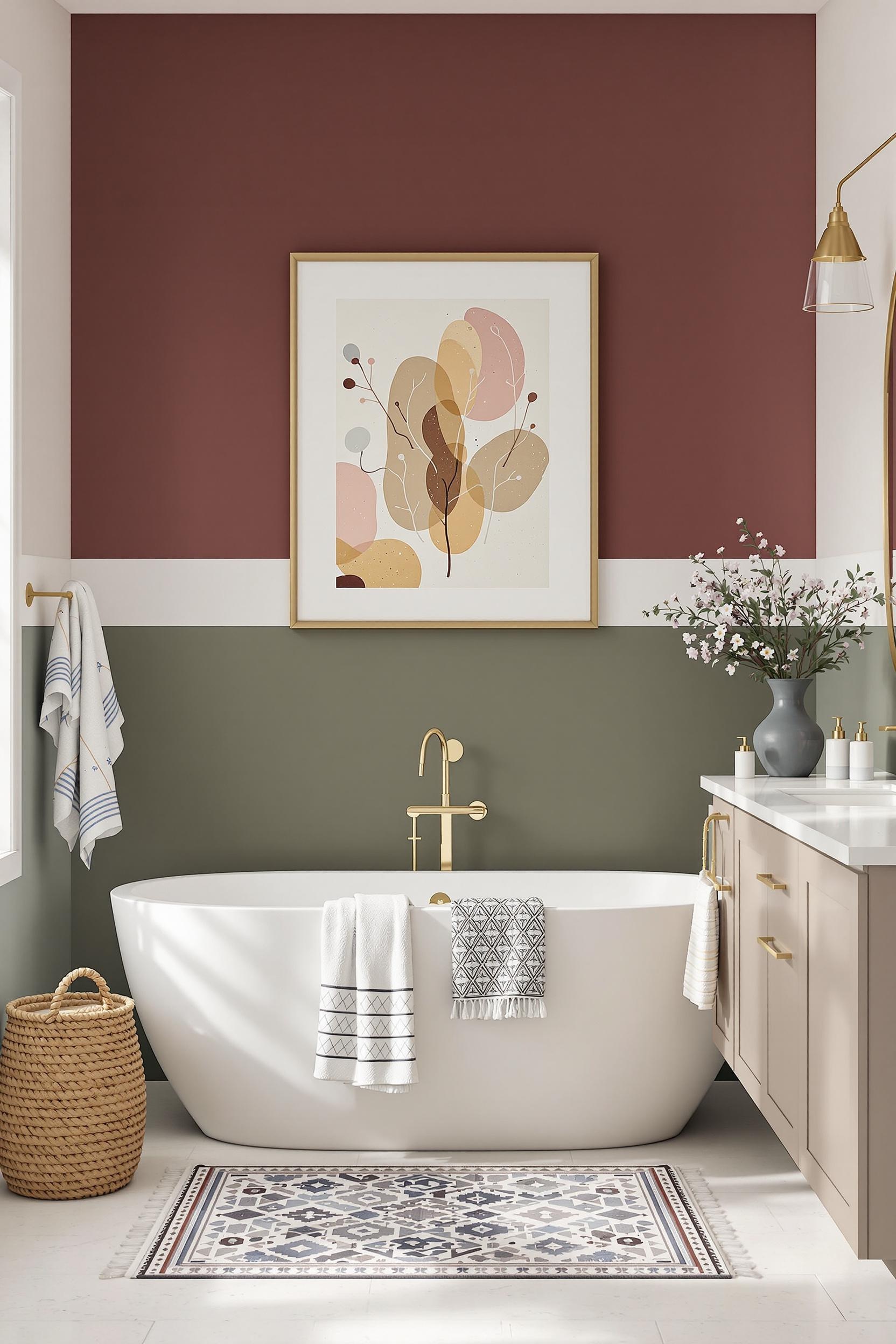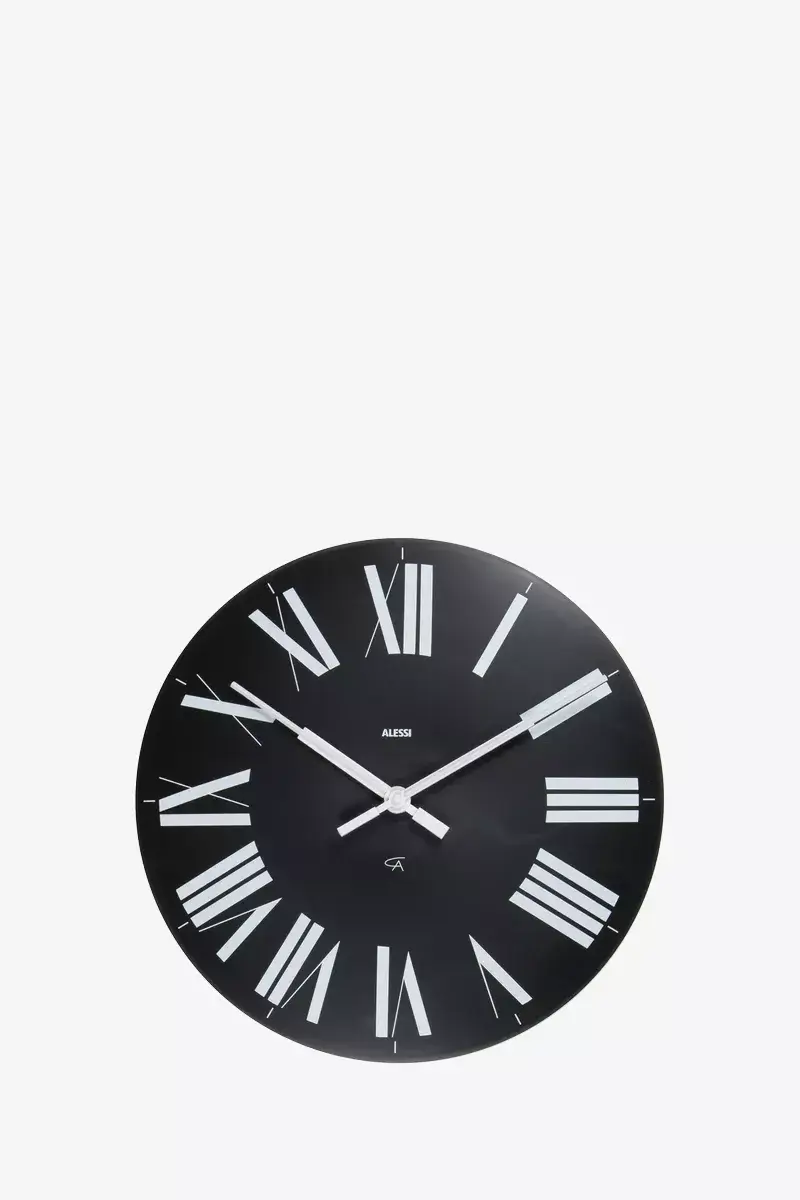
DIY Color Blocking Techniques for Room Separation in a Penthouse
Have you ever walked into a penthouse and felt you’re standing inside a beautifully empty canvas? I know that feeling well—those wide open layouts are breathtaking, but they can also be disorienting without clear zones. That’s where DIY color blocking for penthouse rooms becomes a true game-changer. This visually smart, cost-effective design method is perfect for room separation in open-plan penthouses, especially when physical dividers aren’t an option.
In this guide, I’m breaking down the essential techniques and tools behind minimalist color blocking interior design. You’ll learn how to define spaces visually with color psychology, paint geometrics with precision, and make your rooms feel both bigger and more curated. And don’t worry if you’re not a pro—I’ll guide you through easy DIY color block accent wall steps that anyone can master, whether you’re working in a small one-bedroom loft or a sweeping penthouse.
Unlocking the Power of Color Blocking in Minimalist Space Design
Color blocking techniques for modern interiors aren’t just about adding style. They improve the function and flow of your home. Studies have shown that applying vertical or horizontal geometric color shapes increases perceived room dimensions. Vertical blocks can make ceilings appear up to 17% taller, and horizontal ones can make rooms feel 20% wider. This is DIY room separation with color blocking at its most strategic!
Moreover, a 2023 survey of modern interiors found that color blocking improved wayfinding in open plans by over 28%. Creating painted zones doesn’t just look sleek—it guides you intuitively through your space.
Choosing the Right Palette for Your Penthouse
For minimalist penthouse interior paint techniques, I recommend starting with a limited palette—just 2 to 3 colors. These shades should have strong contrasts in their Light Reflectance Value (LRV), preferably more than 25 points apart. This helps define zones more clearly. A common option I love is pairing a muted gray or off-white with a bold terracotta or a rich forest green.
Your choices also impact how your space feels emotionally. Lean into color psychology to define zones: Warm hues like yellows and terracotta bring energy and are great for social zones, whereas blues and sage greens are calming—ideal for relaxation spaces or reading nooks.
Geometric Blocks: Defining Zones Without Walls
Instead of building physical barriers, I use color block zone definition in studios with clean geometry. Rectangles, arches, and stripes work wonders to separate visually distinct living functions in an open plan. In my last design, I used a wide, horizontal navy band to frame a dining area, anchoring the space without any cabinetry or screens.
If you’re worried about blending with existing design elements, remember that subtle shapes and soft-edge color boundaries are still just as impactful. You just need good tools and mapping.
Tools You’ll Need for DIY Color Block Accent Walls
Here’s a toolkit that I swear by when painting color block wall ideas minimalist-style in penthouses:
- Laser level (for dead-straight lines)
- Quality painter’s tape
- Matte finish, low-VOC water-based paints
- Paint rollers and angled brushes for careful edges
- Spirit level and pencil for outlining your shapes
I recommend always painting on clean, primed walls. To prevent bleeding, seal the painter’s tape with a light brushing of the base wall color before applying your block color.
How Color Blocking Enhances Space Without Dividers
Based on empirical studies, around 45% wall coverage is optimal in creating impactful spatial visual zones while keeping the design clean. That range avoids visual clutter, especially important in modern minimalist spaces. Color zoning allows for energy to flow while offering psychological comfort through perceived separation.
Try using color blocks to highlight features already there—bookcase alcoves, structural columns, or even the wall behind your bed or sofa. Studies from 2021 also show that highlighting architectural details using paint improved occupant satisfaction by 74%.
Design Plan: DIY Color Block Transformation in Action
If you’re eyeing a transformation for your home, here’s what your color block room divider penthouse makeover might look like:
- Choose two to three complementary colors
- Sketch zones within your layout—living, dining, bedroom, etc.
- Apply painter’s tape in geometric layouts for each zone
- Paint each area carefully for sharp, clean lines
- Peel and reveal your masterpiece!
Transform Your Penthouse: Color Blocking Design Challenge Revealed
Color blocking is more than just a design trick—it’s a revolutionary tool for modern, minimalist homes. Let’s take this a step further together!
Your Ultimate Color Blocking Design Challenge
This is your invitation. Reimagine your home through DIY paint room separation color blocking. No walls, no curtains—just your creativity and color psychology precision.
- Transform open-plan spaces without partitions
- Experiment with creative room dividers with color block paint
- Use emotionally-supportive colors to zone spaces
- Learn to visually divide rooms with color block transition techniques
Step-by-Step Challenge Guide
- Select a 2–3 color, high-contrast palette
- Create geometric zones with laser precision
- Define 3+ functional spaces: work, sleep, relax
- Photograph your before and after space
- Share your journey with us online!
Let your project inspire others!
Claim Your Design Challenge Kit Now!
Color Blocking Penthouse Design: Your Essential FAQs
FAQ 1: How Do I Choose the Right Colors?
Look for complementary colors with contrasting brightness. A difference in LRV (25+ points) is ideal. Test how light changes the color during day and night. Warm hues create energized spaces while cool tones calm the mind.
FAQ 2: Can It Really Separate Rooms?
Yes! Precise geometric shapes and defined blocks visually organize open spaces. According to research, this method improves navigation and adds intuitive flow to multi-use spaces.
FAQ 3: What Tools Will I Need?
- Laser level
- Painters tape
- Spirit level
- Low-VOC, matte finishes
- Custom stencils or templates
FAQ 4: How Large Should My Blocks Be?
Aim for 25–45% wall space. Too small? It feels random. Too big? It can overpower. Use the scale of your furniture to balance your color block scale.
FAQ 5: Can It Make My Penthouse Seem Larger?
Absolutely. Vertical color blocks lift ceilings—horizontals widen your space. Combining these smartly gives you DIY room zoning with dramatic visual impact.
Let’s Redefine Open Plan Living—Together
If you’re ready to experiment with your own two-tone wall paint for room separation, you’re not alone. With the right tools, a minimalist color palette, and bold inspiration, every wall becomes an opportunity for transformation.






